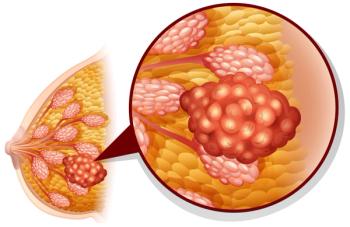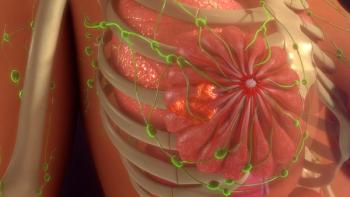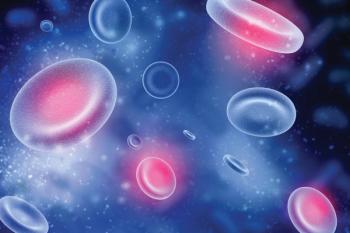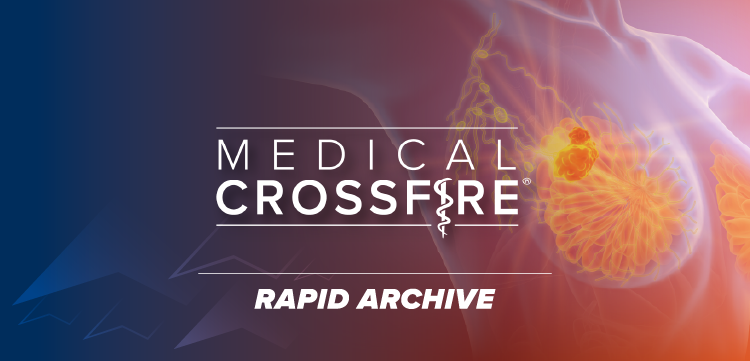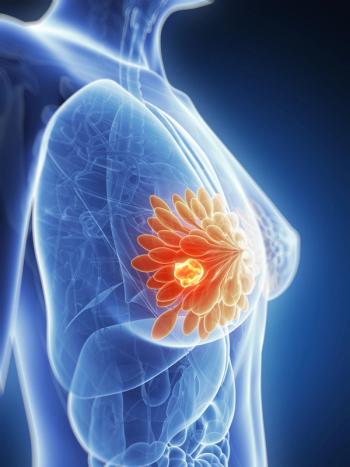
Oncology NEWS International
- Oncology NEWS International Vol 10 No 7
- Volume 10
- Issue 7
Hiking Cigarette Prices Discourages Teens From Taking Up the Habit
WASHINGTON-A long-term University of Michigan study of smoking among 8th and 10th graders indicates that raising the price of cigarettes can prevent some youths from beginning to use tobacco products. The researchers examined three initiation points: any smoking at all (including experimentation), daily smoking, and smoking a half-pack or more a day. Depending on the type of initiation, an increase of 10% in the price of cigarettes decreased the probability that an adolescent would begin smoking by 3% to 10%.
WASHINGTONA long-term University of Michigan study of smoking among 8th and 10th graders indicates that raising the price of cigarettes can prevent some youths from beginning to use tobacco products. The researchers examined three initiation points: any smoking at all (including experimentation), daily smoking, and smoking a half-pack or more a day. Depending on the type of initiation, an increase of 10% in the price of cigarettes decreased the probability that an adolescent would begin smoking by 3% to 10%.
Articles in this issue
over 24 years ago
NCI to Expand Its Support for Trials of STI-571over 24 years ago
Patients and Physicians Differ on Chemotherapy Expectationsover 24 years ago
Concurrent Chemoradiotherapy Helps Preserve Larynxover 24 years ago
FDA Issues New Safeguards for Children in Clinical Trialsover 24 years ago
Leukemia Society Offers Patient Information on Use of STI-571Newsletter
Stay up to date on recent advances in the multidisciplinary approach to cancer.


